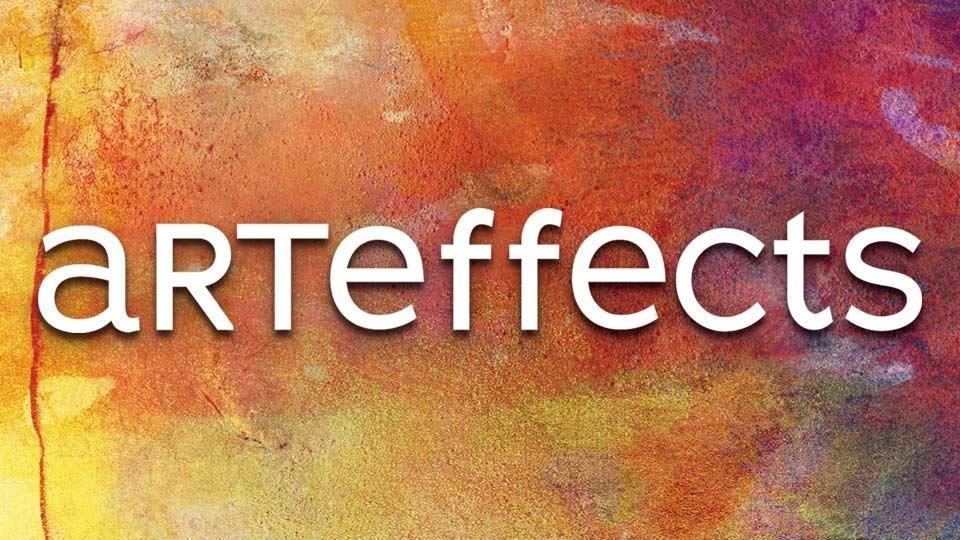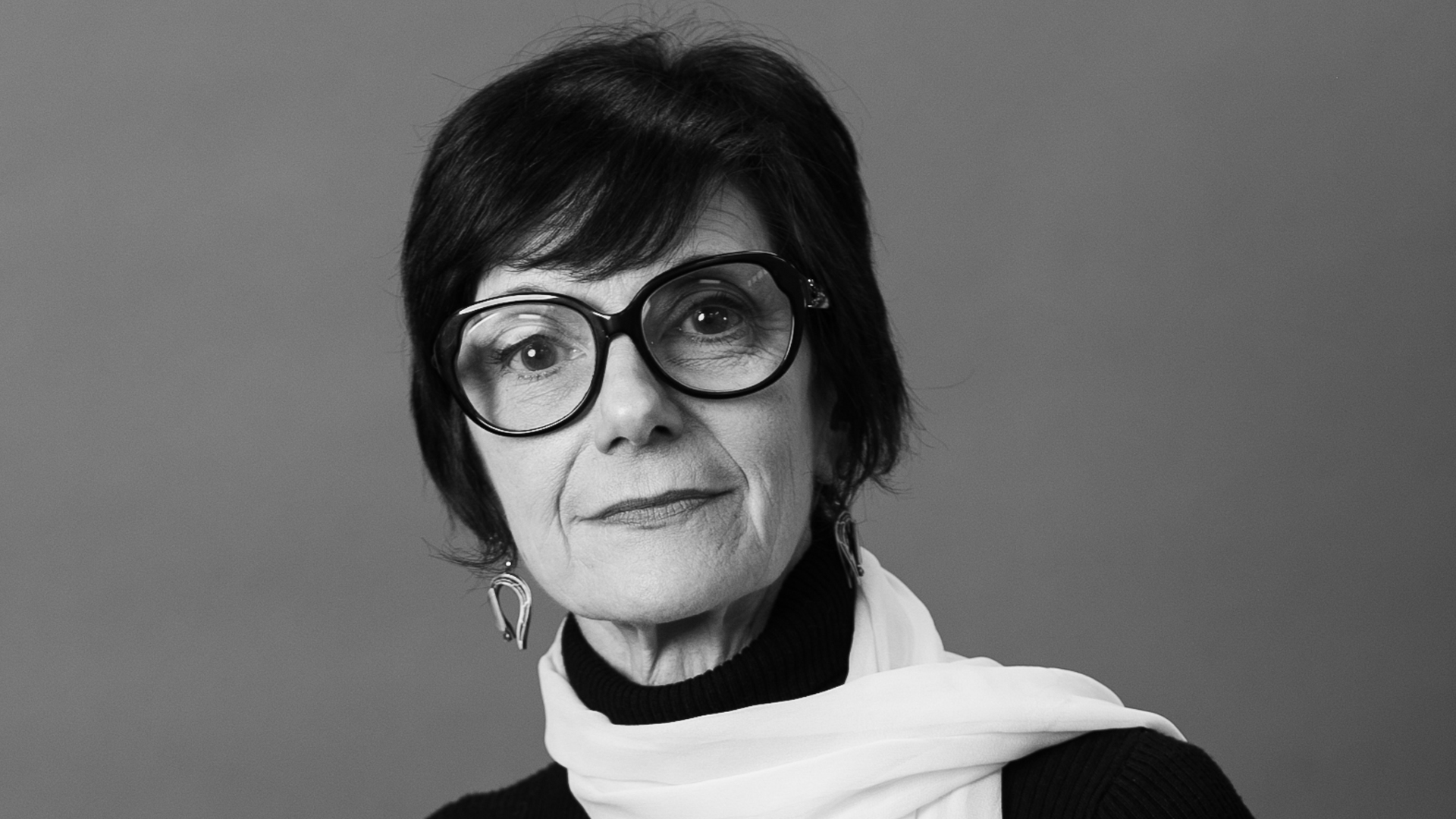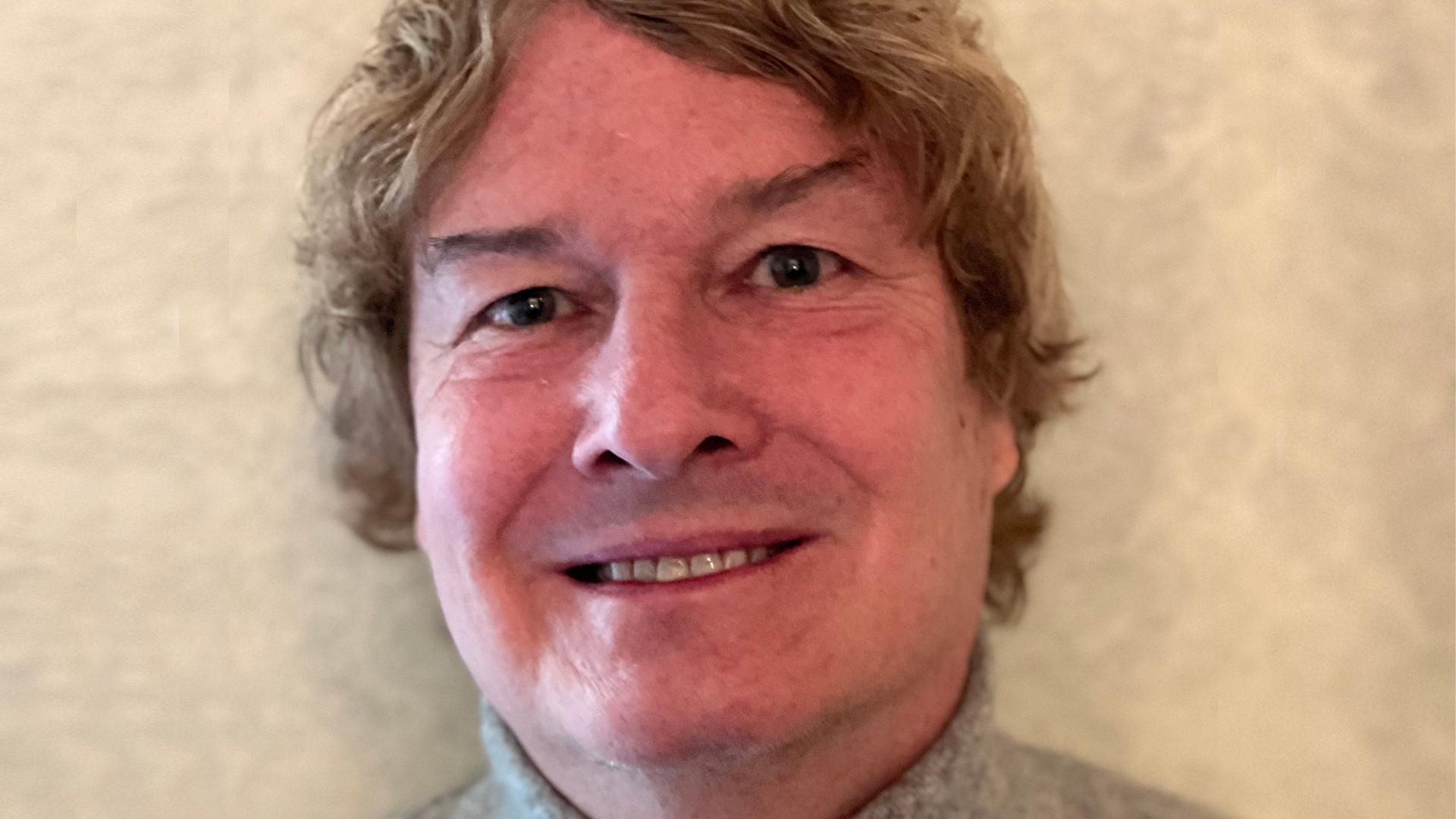
ART VIEWS
by Mark Salinas
“Nā mana wai pio ‘ole e hoʻōla ana i ka ‘āina.”
“The many sources of water make the land live.”
Mary Kawena Puki
In many ways the motto of the Hawai'i Council of the Humanities captures the remarkable versatility and adaptability of its former board member, Jackie Pias Carlin, an interdisciplinary artist from Maui, Hawai'i who relocated to Carson City, Nevada in 2015.
“Almost all of my life I’ve been surrounded by sugarcane fields and the Pacific Ocean. My cultural heritage derives from the natives and the immigrants that together created a local culture from Hawaiian, Asian, and European influences. The move from Hawai`i to Nevada is an ongoing learning experience that appears on my palette - from the tropical pastel tints of the islands to the warm earthly tones of Nevada.”
Jackie Pias Carlin
As May approaches, we look forward to our nation observing the numerous contributions that generations of Asian Americans and Pacific Islanders have contributed to the diversity and vibrancy of our history, society, and culture. In our capital, the Nevada State Museum will celebrate its annual tradition of Lei Day on Saturday April 29 from 10-2pm as annually organized by Rachel Delovio, Anthropology Collections Manager, whose great-grandmother happened to be one of the first lei sellers in Waikiki, opening her stand in the early 1940s.
Among the Polynesian artifacts in the museum’s collection is Pias Carlin's kapa triptych entitled My Neighborhood: Pinion Hills, Carson River, Cottonwoods. The artist explains that kapa from the Hawaiian Islands differ from the tapa made in the South Pacific and Asia, both being the common name for barkcloth and the intensive process of transforming the inner bark of the mulberry tree (Broussonetia papyrifera) into fiber.
The artist adds that it takes about a year before a wauke (mulberry bark) plant is ready to harvest. It is then scraped, peeled, soaked for weeks, then rinsed until the water runs clear and any odor dissipates. The wauke is placed on a kua la`au (wooden anvil) and beaten with a round hohoa (beating tool) to separate the fibers. It is then transferred to a kua pohaku (rock anvil) for continuous beatings with a four-sided l`e kuku (wooden beater) until the desired consistency of cloth and watermarks are reached. Eventually, the kapa is ready for designing primarily with dyes made from the island’s herbs and vegetation. Barkcloth and its geometric depictions nature, navigation, and ancient weapons became a lost art when missionaries arrived in the Asian Pacific with bolts of woven cloth.
According to the Library of Congress, the Asian Pacific encompasses all of the Asian continent and the Pacific islands of Melanesia (New Guinea, New Caledonia, Vanuatu, Fiji and the Solomon Islands), Micronesia (Marianas, Guam, Wake Island, Palau, Marshall Islands, Kiribati, Nauru and the Federated States of Micronesia) and Polynesia (New Zealand, Hawai'ian Islands, Rotuma, Midway Islands, Samoa, American Samoa, Tonga, Tuvalu, Cook Islands, French Polynesia and Easter Island).
The movement for the U.S. to officially commemorate those from the Asian Pacific began in 1978 when the House and Senate presented a joint resolution to President Jimmy Carter proposing that the first week in May be observed for the community’s cultural recognition. In 1979 President Carter later delivered Proclamation 4650 stating, “America’s greatness – its ideals, its system of government, its economy, its people – derives from the contributions of peoples of many origins… Asian-Americans have played a significant role in the creation of a dynamic and pluralistic America, with their enormous contributions to our science, arts, industry, government and commerce.”
In 1990 Congress expanded the observance to the entire month of May with President George H.W. Bush adding, “A century and a half ago, many of these Americans contributed to the economic development of the United States through their labors on the plantations of Hawaii and in the mines of California. The important role played by many Asian and Pacific Americans in the building of the first transcontinental railroad is well documented.”
Jackie Pias Carlin’s portfolio demonstrates a cultural mastery in techniques of painting, fashion, and writing all of which reference her lived experiences from around the world. Two geographically diverse islands were of influence to her creativity; she was raised in the village of Pā'ia, a sugarcane plantation in Maui and then later as an adult attended Oxford University in England laying the groundwork for her 2004 book Spirit of the Village: A Maui Memoir. Her translations of family history and culture were recognized in 2010 by Maui Mayor Charmaine Tavares in celebration of Women’s History Month. In 2015, the artist left the island of Maui for Carson City to be closer to family, recreating an ocean journey akin to the one her father, from Ilocos Norte in the Philippines, experienced in 1935 when he relocated to Maui as a sakada - a Filipino contract laborer to work on the sugarcane plantation.
The artist’s relationship to water – traversing it, manipulating it, being surrounded by it, and being absent of it – plays a critical role in her work, her family story-telling, and our appreciation of how nature influences her in the studio.
When describing her process of hand-painting silk scarves, she states, “Fabric allows the paint or dye to move more organically on its own because once the water starts to flow, it moves where it wishes. On paper, I often have to guide the colors to where I want them to go. I’ve also had to adjust my technique with watercolors because the air is drier here than in Hawai`i and its humidity... it puddles, and it doesn’t move as freely here. Very frustrating but I’m learning to adjust.”
"I work on flat surfaces, and I exaggerate the values of light and dark to bring dimension to the fabric, paper, or canvas. I do this to give a sense of hope for the viewer and to allow their imagination to venture beyond the surface. Each work is telling the story that is within me at that moment and the experience I am encountering along the way."
We are truly fortunate to have Jackie Pias Carlin’s fluidity of talented expression hydrating this region of Nevada.
Winter’s Moon, a Japanese Woodblock print recently made by the artist, is on display at Nevada Fine Arts Nightscapes group exhibition through April 29, 2023.
Contemporary Mokuhanga: Japanese Woodblock original prints by Jackie Pias Carlin, the artist's first solo exhibition in Nevada, is on display at the Western Nevada College, Atrium Gallery, through May 11, 2023.
The artist will be teaching the Painting I/II classes at Western Nevada College Fall Semester 2023-24.
The PBS Reno ARTEFFECTS series featured Jackie Pias Carlin in 2022; you can watch the segment by clicking here.
For more information on the artist please visit: www.jackiep3iascarlin.com or @puaproductsbyjac45kiepiascarlin
For more information on Nevada State Museum’s Lei Day on Saturday April 29, 2023, from 10-2pm, click here.

ART VIEWS
‘Altared’ History by Mark Salinas — March 17, 2023
A Meeting with Mr. Stan by Mark Salinas — February 10, 2023
The Topography of Terrain by Mark Salinas — January 6, 2023
Play like Molodi by Mark Salinas — December 2, 2022
Diversity, Equity, and Inclusion in the Arts by Mark Salinas — October 28, 2022

This PBS Reno series delves into the local arts scene, looking at the lasting impact the arts have in our communities and beyond.
Mark Steel Wool Salinas is also on Facebook and Instagram: @MarkSteelWoolSalinas

ART VIEWS

ART VIEWS

ART VIEWS

ART VIEWS